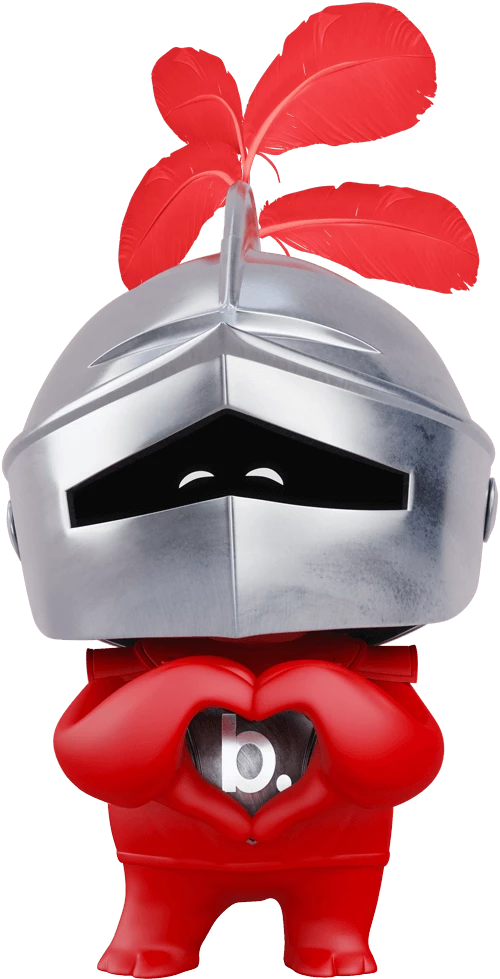Winter tires 101: What to buy and when to install
Whether you like winter or not, if you drive a car in Canada, you absolutely must have good winter tires. But why are they so essential?
To find out more, we asked Ron Margadonna, an engineer at Michelin Automotive Tires, for some valuable advice.
Which provinces require winter tires?
Although winter tires are recommended in all Canada, there are only two provinces where winter tires are mandatory by law: Quebec and British Columbia.
Quebec
Under the Highway Safety Code, winter tires are mandatory from 1 December to 15 March. Failure to do so will result in a fine. Although December 1 is the cut-off date, winter is fast approaching in la Belle Province, which means it's best to get those tires fitted as soon as possible.
Ontario
In this province, the use of winter tires is recommended but not mandatory. Ontario offers an incentive to encourage you to drive with winter tires. This involves a reduction in insurance premiums of up to 5%.
Regardless of the province, the best time to fit winter tires is when the temperature drops below 7°C, or before the first snowfall.
How do I choose the right winter tire?
When choosing which winter tires to buy, don’t let the price put you off. Look at it this way: It’s not an extra cost, it’s a long-term investment, because they'll last you a long time.
How can you differentiate winter tires? Winter tires have a mountain and snowflake icon.
Now, what should you be buying? Different snow tires come with different tread grooves—all of which come with different advantages. These patterns vary by model, and none is considered better than another.
- Directional patterns: In general, they provide a higher level of wet grip. They cannot be rotated across the axle, only from front to rear on the same side of the vehicle.
- Asymmetric patterns: These have a “mounting” preference and you need to follow the indications on their sides to see which way they should be installed. They optimize cornering forces during turns using the weight transfer of the vehicle.
- Symmetric tread patterns: These have no mounting or rotation specifications and optimize balance of all forces during braking, accelerating, and cornering.
Why remove winter tires in spring?
Driving on winter tires when the temperature starts to rise (over 7°C) will damage your tires. Winter tires are designed for ice and snow, not sun-warmed asphalt. Not only is this unsafe, but your winter tires will deteriorate more quickly. So it's vital to change them at the right time.
Are 4-season tires good for winter?
Don't let the name fool you - all-season/four-season tires are best suited to spring, summer and fall. That's why some companies have changed the name to 3-season tires.
Tests carried out by Transport Canada showed that cars with all-season tires left the track at speeds of only 40-50 km/h, which was not the case for cars fitted with winter tires.
A study carried out by the Quebec government also concluded that winter tires improved braking by up to 25% and prevented collisions by around 38%.
So if you're using all-season tires, invest in good quality winter tires too. You'll enjoy maximum safety in winter, and your two sets will also last you longer than if you used the same four tires all year round.
When to replace your tires
A set of four winter tires should last between 80,000 and 120,000 kilometres. But tire life ultimately depends on your driving style, the conditions in which you drive, tire inflation and pressure distribution, and the alignment of your vehicle.
Transport Canada and the experts recommend that you always install a set of four matching tires so that they all have the same lifespan. Since you'll only be using them one season a year, they'll be good for three or four years.
Only need two new tires? It’s strongly recommended to install the two worn tires on the front axle and the two new tires on the rear axle.
These days, dealers have an unrivalled level of knowledge when it comes to tires. Advisers and technicians alike are familiar with the latest technologies and know how tires behave in different environments. Ask their advice to find out which tires are best suited to your car.
Need winter driving tips? We’ve got ’em!

